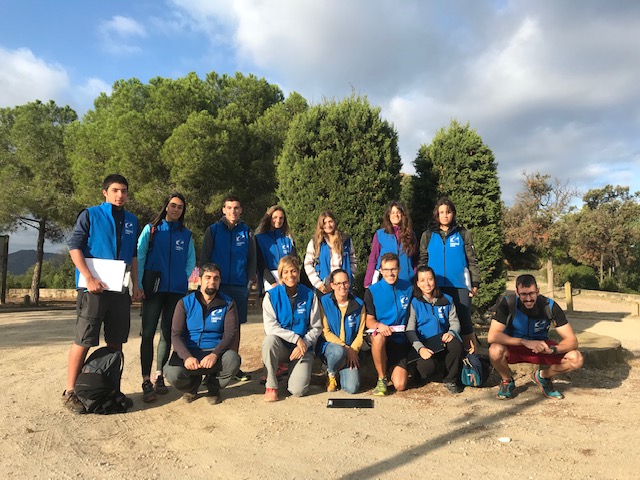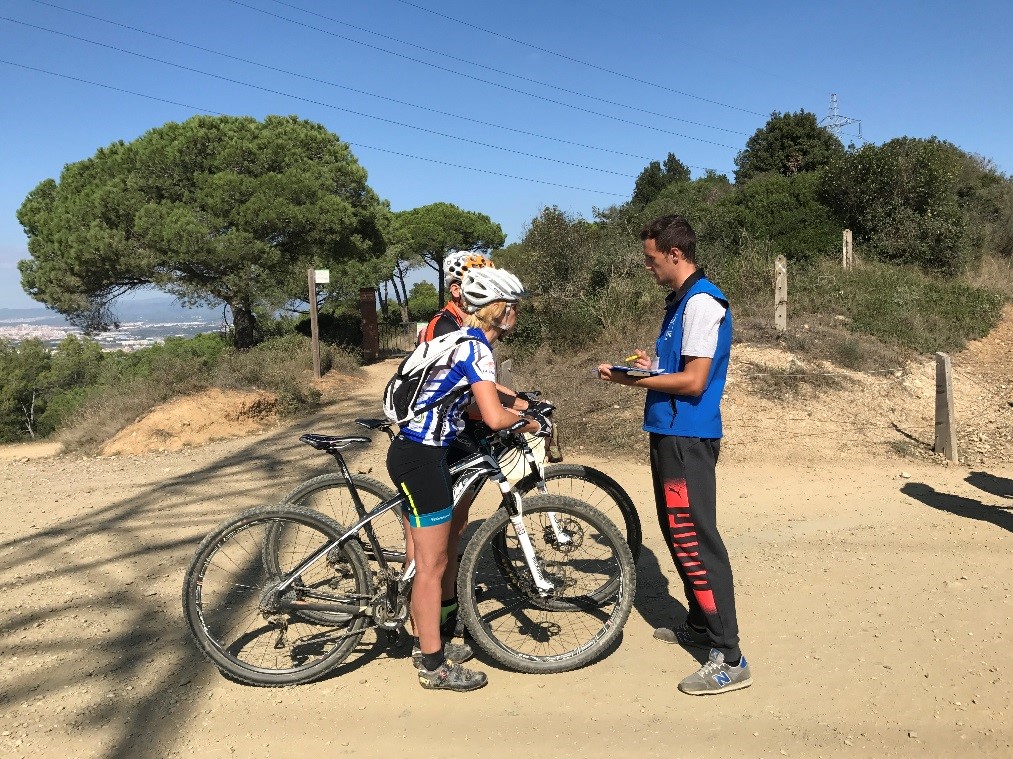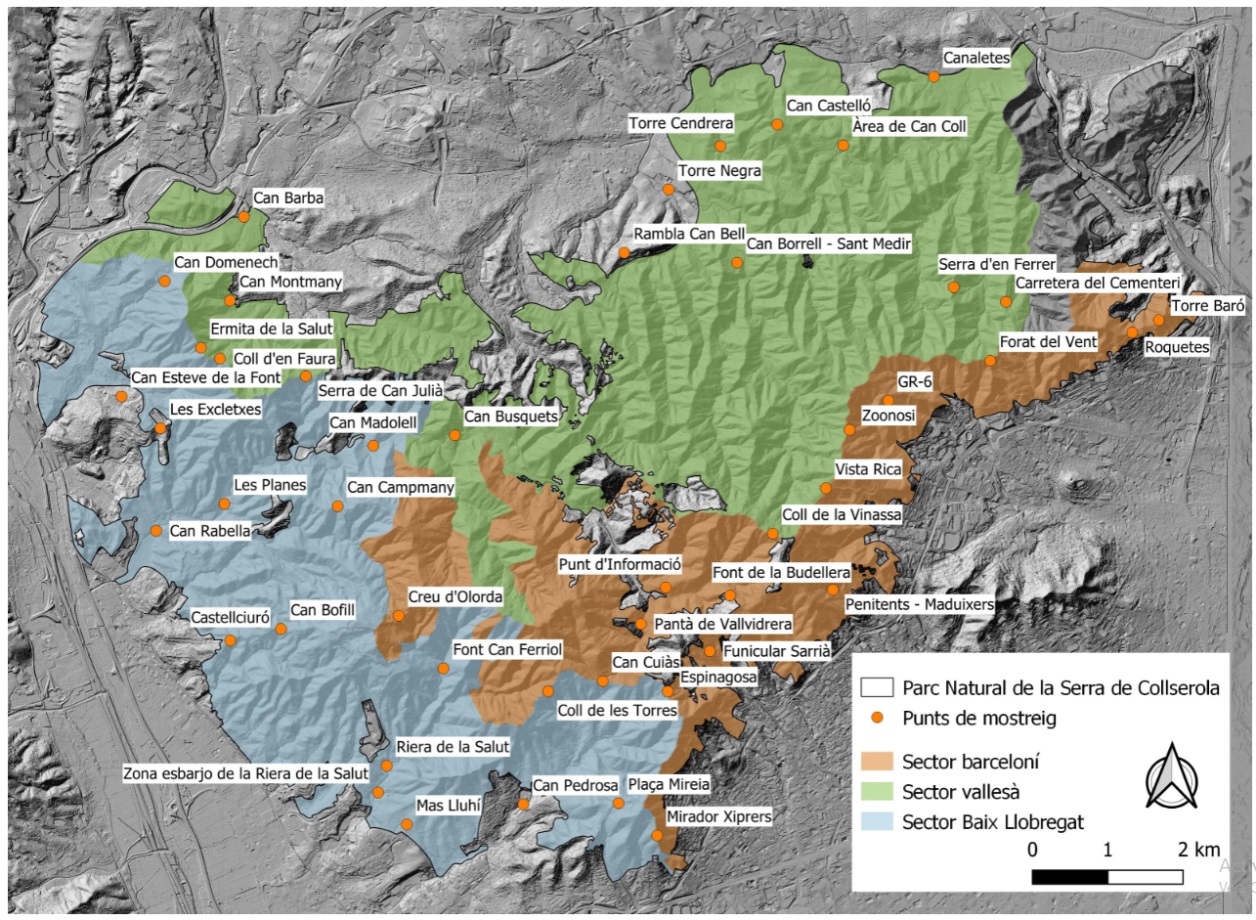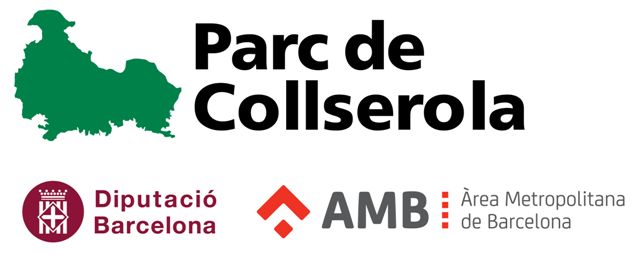Case Study
Study of influx, frequency and characterization of visitors to the Collserola Natural Park (8,200 ha)
Contact name
Marta Doñoro Moya
Institution name
Consorci del Parc Natural de la Serra de Collserola
Region & country
Àrea Metropolitana de Barcelona – Catalunya (España)
Summary
The study, carried out by the National Institute of Physical Education of Catalonia (INEFC-Lleida) in three stages (autumn 2017, 2018 and 2019), focused on analysing the annual influx user-visits, and studying the generic profile of the user- visitor. It has been covered 96% of the territory. Some of the figures that describe the study are the 46 controlled accesses, the 1,922 surveys carried out and the 19.500 movements of registered users and visitors.
After the 2nd and the 3d part of the study, automatic counters have been extended and /or resituated, distributed in the territory to have more precise data. A program has been designed to turn over the data of the counters, providing us with the evolution of visitors in real time.

Work team - National Institute of Physical Education of Catalonia
INEFC-Lleida

The surveys to the visitors of the Natural Park
INEFC-Lleida

Controlled accesses map
INEFC-Lleida
Background of the project
Previous studies carried out in discontinuous evaluations show us partial estimates.
But the most relevant of these partial studies, is that they had been done before the increase in visits over the past 8-10 years.
The perception is that the number of visitors has increased greatly but the exact number was unknown.
In such a large, open space, with countless accesses all around, given that the Collserola Natural Park is a green island completely surrounded by urban areas and more than 3 M inhabitants, a specific evaluation method had to be designed. It was necessary to quantify the problem in order to raise awareness and involve all administrations linked to the Park, and thus be able to suggest a management model.
Solution and actions taken
To entrust the study to a research institution (INEFC-Lleida – Social and Educational Research Group of Physical Activity and Sports (GISEAFE), with extensive experience in studies of this type, capable of approaching a study that quantifies the problem.
Given the complexity of the Park due to its periurban characteristic and triangular shape, with three watersheds and different realities in each of them, we decided to carry out the study in 3 consecutive years and during the periods of maximum frequency, which is autumn.
During the study 46 accesses have been controlled, 1,922 surveys have been carried out with a total of 19,500 registered user-visitor movements.
Other institutions or parties involved
The municipalities with territory in the park. Also sports NGOs, hikers, etc. We have created a Public Use Commission in which all administrations and organizations linked to the park participate, where the problems and alternatives to address them are raised and the proposals are agreed, so that everyone is aware of the problems and can be part of the solutions, involving as many as possible in the decision-making
Results
The study allowed us to know the actual number of visitors per year, which reached up to 5 million visits. Furthermore, we identify the sociological profile of our visitors. Finally, we identified ten essential sectors in order to implement a reliable monitoring model. These data provided us with the certainty of the necessity to think about implementing rules/ordinances, to manage the public use and pose restrictions on certain uses in specific areas of the park.
Challenges
The main difficulty has been the economic one. To distribute the financial costs the study has had to be done during three years. In the beginning, it was also necessary to rethink the fieldwork, taking into account the quantity of visitors. The fieldwork team consists of 45 people plus the two directors of the study. A minor problem has been the (lack of) willingness of some park users to participate in the surveys.
Lessons learned
The sample of a study of these characteristics has to be very wide. Doing so in different consecutive years allowed us to correct small mistakes that could have been made in the segregated study phases. When the third phase ends we will have the final figure and a computer model will allow us to monitor the results of influx and frequency throughout the park, from the records of the automatic counter device.
Contact name
Marta Doñoro Moya
Institution name
Consorci del Parc Natural de la Serra de Collserola
Website(s)
